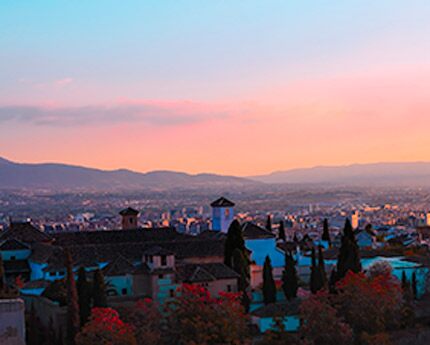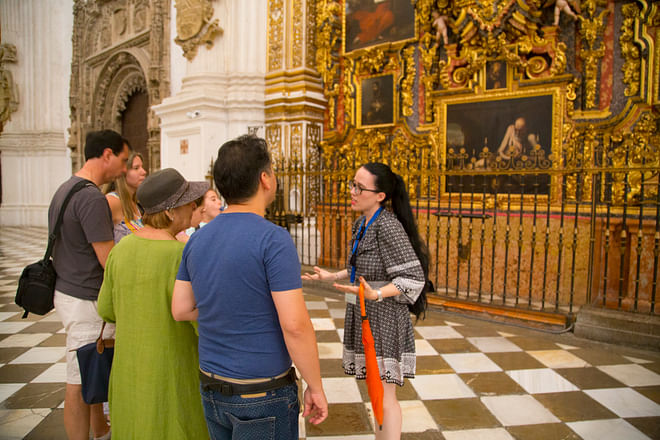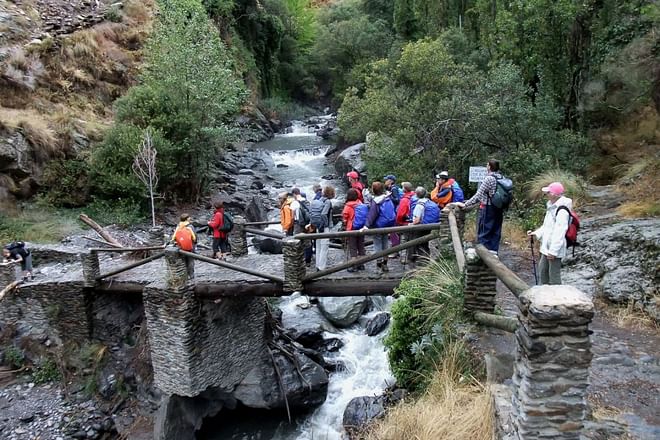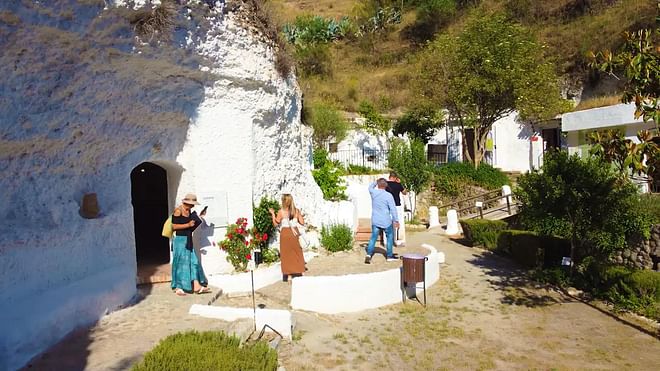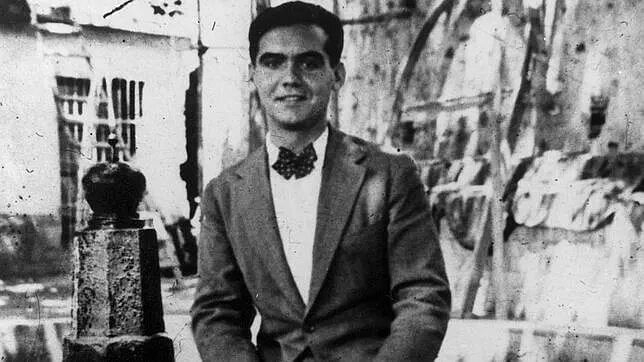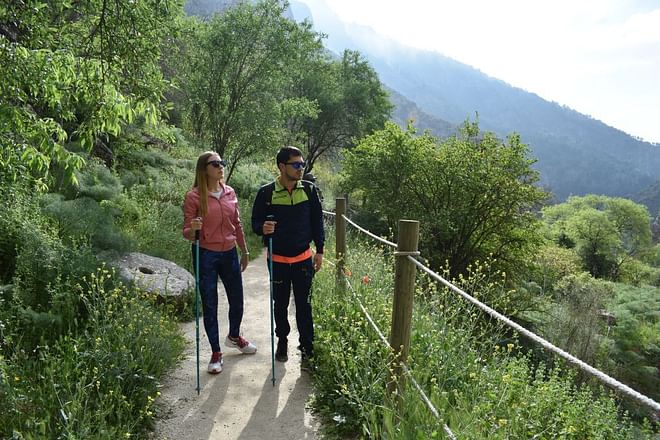Following the conquest of Granada in 1492, Queen Isabella I promised to build a convent in honour of the patron saint of Spain, Saint James, and it would also reward the nobles and knights of the Order of Saint James who had been of tremendous assistance to the Crown against the Moors. So in 1501, the Convent of the Military Order of Saint James, the first for nuns in the city, was erected on a plot in the Realejo district that had belonged to the mother of Boabdil, the last Nasrid sultan. Since then, the gate to the monastery has served as the zero-mile marker of the Mozarabic Way, the Andalusian stretch of the Way of Saint James that covers 1,000 km to the Holy City. To date, the cloister nuns welcome pilgrims to the hostelry in the convent. The nuns have become incredibly popular in recent years because they run a restaurant that has become a classic in Granada and serves home-cooked meals.
500-year-old relics in the convent’s church
It is known that Queen Isabella I personally allocated the money to build the Convent of the Military Order of Saint James and that her confessor and the first archbishop of Granada, friar Hernando de Talavera, donated his home and nearby land, which had belonged to the royal Nasrid family, for its construction. Therefore, it is no coincidence that the archbishop’s nieces were the first to take vows as members of the Order in the city and that following their death, they were buried in the old church that, along with a hospital for pilgrims, marked the convent’s origin.
After three centuries of splendour, the original monastery progressively fell into disrepair and was demolished in the 18th century, although it was later replaced by a neoclassical building designed by the royal architect Francisco Sabatini. The church’s existing Baroque decoration dates back to this period. For example, the main chapel is crowned by a cupula featuring pebbles, a technique that reached Spain through French Rococo. The impressive main altar has an 18th century style and was built in the early 1700s thanks to the dowry given to the convent by a new nun. The central niche houses an image of the convent’s honorary virgin, Holy Mary, Mother of God, created by an anonymous artist in the late 17th century.
A number of religious artworks from the 16th, 17th and 18th centuries are on display in the aisles and side chapels of this temple. These pieces were made by renowned artists from the Granada Academy, such as Pablo de Rojas, Alonso de Mena, Bernabé de Gaviria and José de Mora. Two relics dating back more than 500 years stand out. The first is an image of Saint James Pilgrim from before Granada was conquered, and the other is a Gothic crucifix that was made in Castile workshops in the 15th century. It was owned by Hernando de Talavera and serves as a living history of Granada. Before this image of Christ—probably the oldest in the city—, the first mass following the Christian conquest of Granada was held in an improvised manner near the Gate of Justice at the Alhambra.
This convent is one of the three that belong to the Military Order of Saint James in Spain (the other two are in Madrid and Toledo). It houses the Cofradía del Huerto of Granada.
Filling up for the Mozarabic Way
In the Middle Ages, when news first spread of the discovery of the apostle Saint James’s remains in Galicia, many Christian residents of Muslim Spain, referred to as Mozarabs, set out from their cities on a 1,000-km pilgrimage to the shrine. Their steps ultimately formed the Andalusian stretch of the Way of Saint James, which in Granada begins at the Convent of the Military Order of Saint James. The Mozarabic Way has once again become popular with travellers, and the nuns at the convent have made the most of the opportunity.
Since donations did not cover the cost of the constant renovations required by such an old building, a few years ago the cloister nuns decided to open a hostelry for pilgrims and a restaurant they personally manage. The hostelry replaced a former student residence that was run by the nuns, and it now welcomes hundreds of pilgrims with a bed and breakfast for approximately €20.
A popular spot in Granada is the convent’s restaurant, which most tourists seem to be unaware of. For as little as €10, the nuns serve a delicious set menu that includes dishes such as traditional arroz caldoso (soupy rice), roast chicken, rabbit, sopa de picadillo (soup accompanied by minced hard-boiled egg, ham, and small pieces of crispy bread), paella, meatballs, cod and homemade desserts. This is, without a doubt, a great way to fill up for the Mozarabic Way.






























































